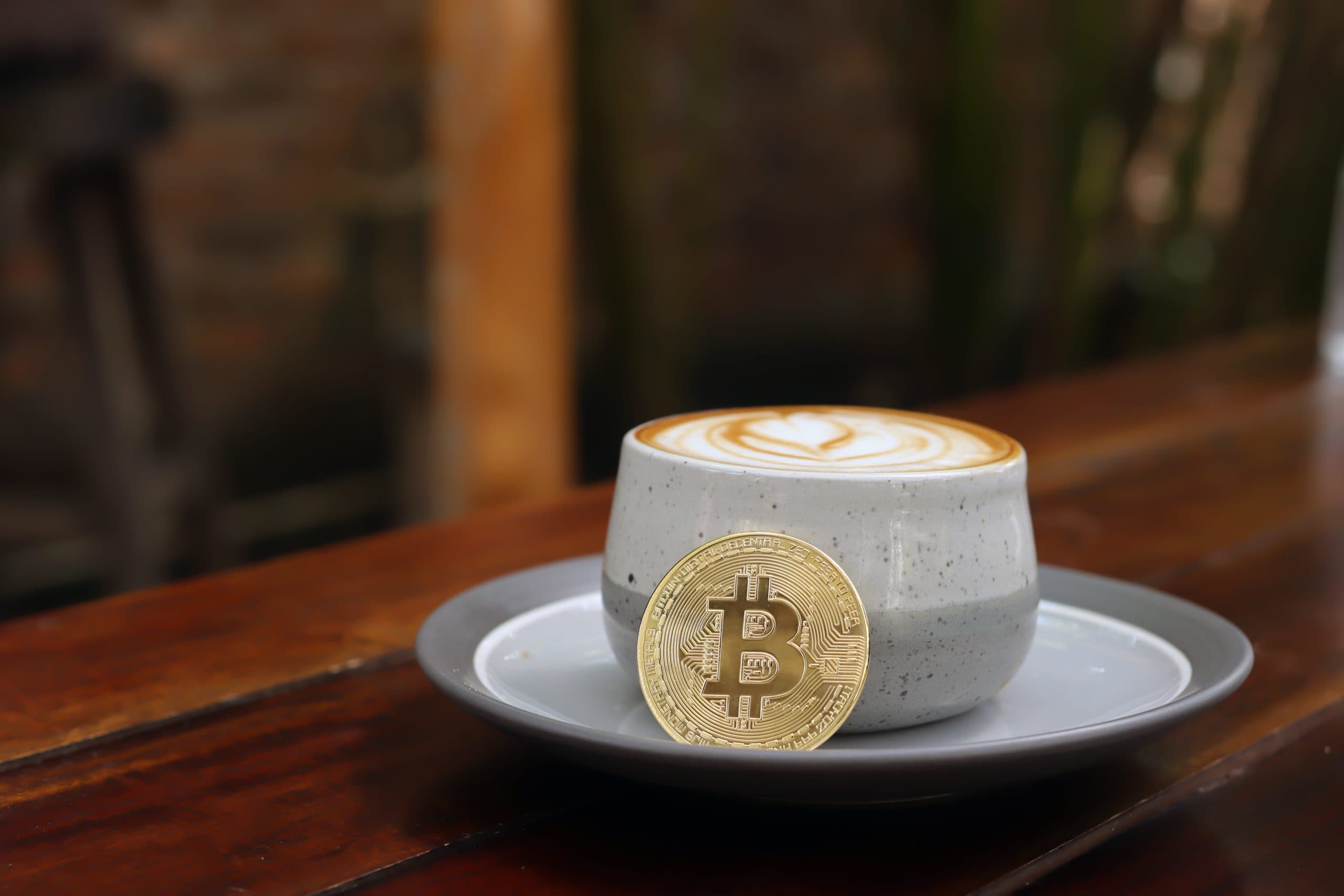How much key currency is still in the greenback?
6 min readTable of Contents
The time of a unipolar world order, in which the USA as the hegemonic power determined world events politically, economically and militarily, is over. Although the USA has the largest military and gross domestic product, the world is drifting more and more into a multipolar world order. Should mean that power is distributed much more widely across several parties, with Asia likely to play a particularly dominant role. Against this background, the question arises as to how the US dollar will develop over the next few years.
How dominant is the US dollar?
In international foreign exchange trading, around 70 percent of the US dollar is involved as a currency. Or to put it another way: Of the ten largest currency pairs, seven include the US dollar. Also as a reserve currency for other economies proven the US dollar clearly took first place with 60 percent. Far behind is the euro, whose share as the world reserve currency is around 21 percent. In short: In no other “discipline” does US dominance carry more weight than in the currency category.
The fact that the USA is the most powerful nation in the world, despite falling further and further behind China economically, is mainly due to its export hit: the US dollar. The foreign demand for US dollars ensures, among other things, that the greenback remains very stable despite the expansion of the money supply to date. In order for prosperity and military security to be maintained, the US, like a corporation, must be particularly successful in the distribution and marketing of its own currency.
Thesis: USD dominance will fall below 50 percent by 2025
The emergence of stronger competing products (US dollar alternatives), an increasing loss of trust (unconditional access to foreign exchange reserves) and declining quality characteristics (value stability or the absence of high inflation) are putting the US dollar under increasing pressure.
This leads to the thesis that the US dollar’s share of the world’s reserve currencies will fall from 60 percent to less than 50 percent by 2025. The share in current foreign exchange trading could also fall from 70 percent to under 60 or even 50 percent. Of course, this is pure speculation, but the figures are intended to support a trend based on subsequent observations.
Not your central bank, not your money
The motto among BTC enthusiasts is: Not your keys, not your coins. The statement plays on the importance of self-custody of digital assets. This is intended to emphasize the independence of intermediaries. As we can see from the example of Russia, what applies to BTC investors also applies to states. Finally, the US froze all of Russia’s US dollar reserves. A heavy blow for the despot Putin, who can no longer access his US dollar deposits.
In contrast to BTC, there is always an intermediary with fiat money in the last resort, and this is called the central bank. Accordingly, every country is always exposed to a counterparty risk with a foreign currency. Due to the precedent set by Russia, many other nations that have a strained relationship with the USA or are afraid of sanctions are likely to tend to reduce their US dollar reserves in the future. This would result in a weakening of the US dollar. On the other hand, the question arises: where else to put the money? After all, as a state, you don’t solve your dependency by switching to another fiat currency instead. The damage to the US, great as it may be from the freezing of Russian reserves, is likely to be limited for the time being.
Fighting inflation is the best marketing
The fact that the USA is now implementing a stricter monetary policy than the euro zone may also have something to do with the current inflation in the key currency context. In order to continue to be able to export many US dollars, it must have a basic value stability. In order to remain the “world export champion”, the American central bank must, among other things, take stronger countermeasures against inflation than the European and Japanese central banks. A resolute fight against inflation is always strong marketing to signal that our currency can continue to be trusted in the future.
When States Discover BTC
For more than 15 years, Russia has greatly expanded its gold holdings. Against the background of the Russian war of aggression, the increase seems logical in retrospect. For states, gold is the only money substitute for their own national currency that does not involve the third-party risk. Of course, this could also be said of other precious metals and commodities, but these are less suitable as a store of value or substitute for money than gold.
With the “Russia trigger”, BTC could therefore play a strategically important role in the diversification of foreign exchange reserves. In order to become more emancipated from the US dollar, there could also be increased demand for BTC from the states as an asset reserve in addition to gold. Not only does BTC offer protection against inflation, it is also not dependent on the goodwill of other countries.
In addition, through experiments like in El Salvador, BTC loses its dangerousness for the state. The chances that BTC will replace a stable currency such as the US dollar or the euro in the foreseeable future is very low due to its far too high volatility. In El Salvador, too, people rarely pay with BTC. Instead, they prefer the US dollar, which serves as a substitute for the national currency that no longer exists. From this, in turn, the thesis can be derived that US dollar stablecoins can help to consolidate the US dollar reserve currency status there. This applies in particular to regions in which crypto infrastructures are already being used more intensively.
High dependency, low risk: Latin America is pushing ahead with BTC
The value stability and half-life (duration until the next currency reform) of most Latin American fiat currencies is just too catastrophic. In addition to the often structurally weak economy, this is certainly one reason why the US dollar is so present in countries like El Salvador. It is precisely this combination that could explain why countries such as Honduras or Mexico also want to jump on the BTC train.
US currency watchdog Jerome Powell and his predecessor, today’s US Treasury Secretary Janet Yellen, are not only being pressured by BTC from Latin American countries. Even more threatening is the fact that the share of the US dollar in commodities transactions – now accelerated again by Russia – will continue decreases. China is also increasingly moving away from paying for commodity transactions in US dollars.
Digital US Dollar: Product Optimization
It is all the more important for the USA, in addition to a good monetary policy, to create global standards in the digital fiat currency area. They are already very successful with this. The proportion of stablecoins with a US dollar base value is over 90 percent. Tether (USDT) in particular is therefore an unintended export hit by the American central bank, even if the initiative and implementation comes from the private sector. Finally, when physically backed by US dollar deposits such as deposits or government bonds, US dollar stablecoins create additional US dollar demand.
Most euro-zone crypto traders have already created additional foreign demand by holding USDT or other US dollar stablecoins. The tokenization of the US dollar, both as a stablecoin and, in perspective, by the state as a CBDC (digital central bank currency), could thus become one of the most important means of maintaining the key currency status.






